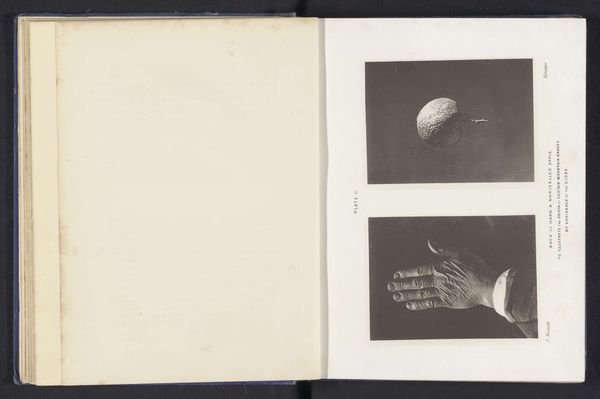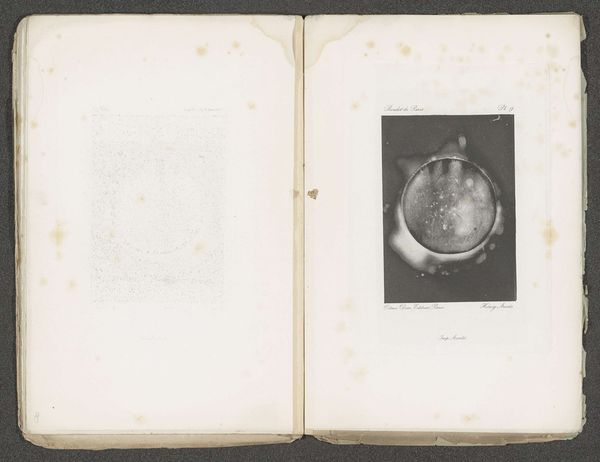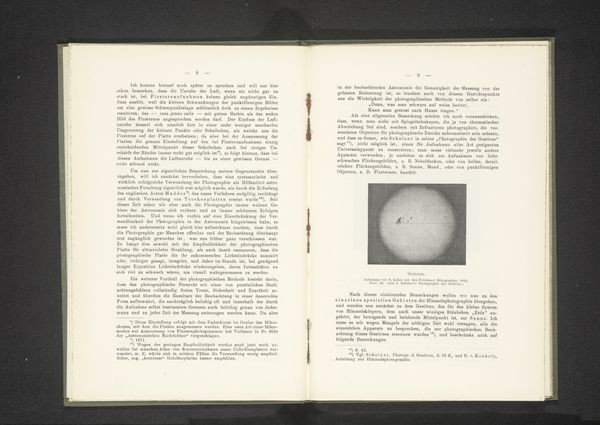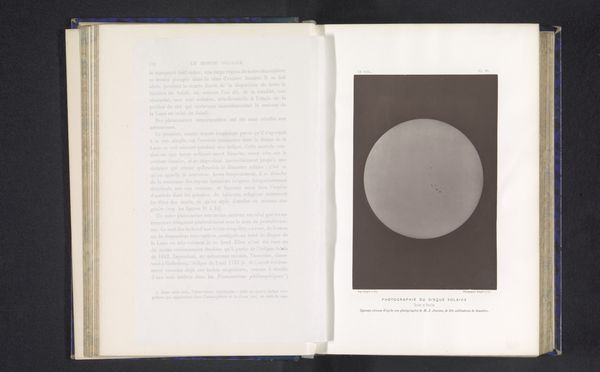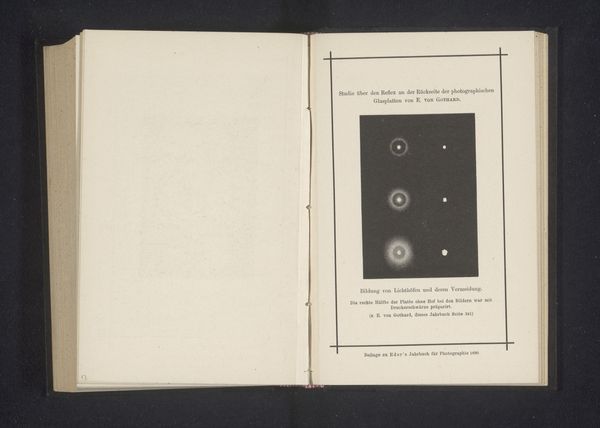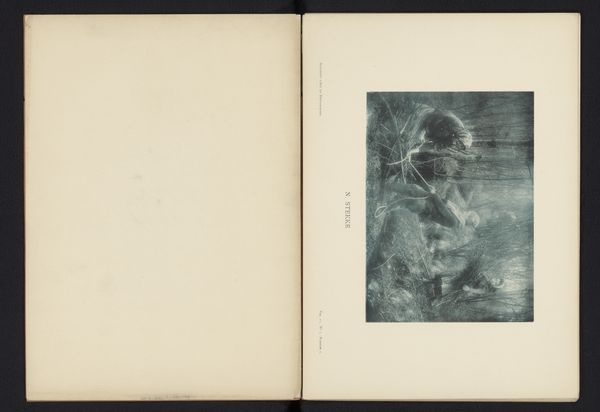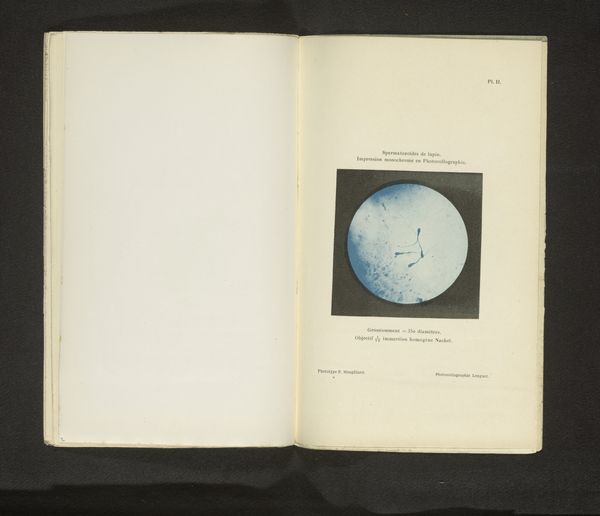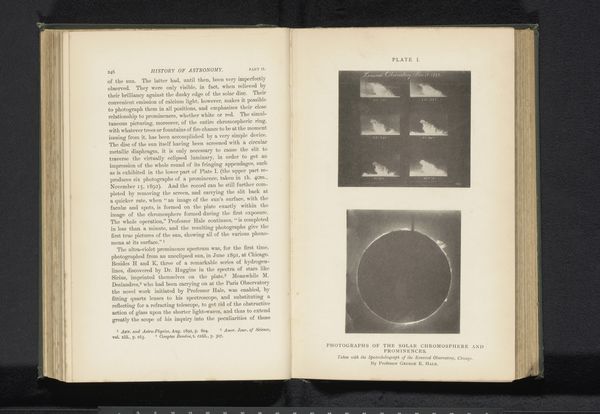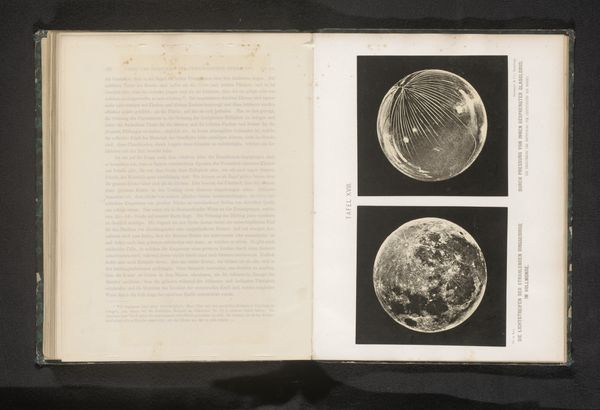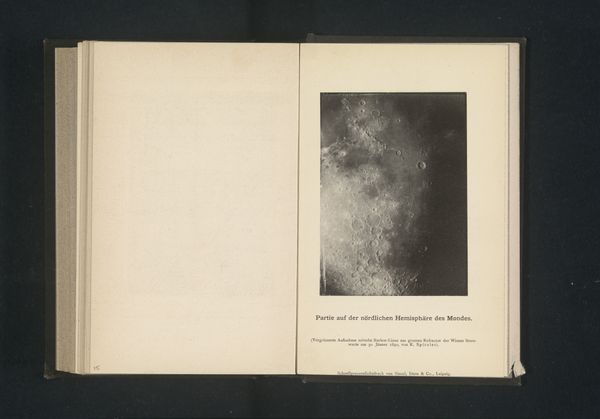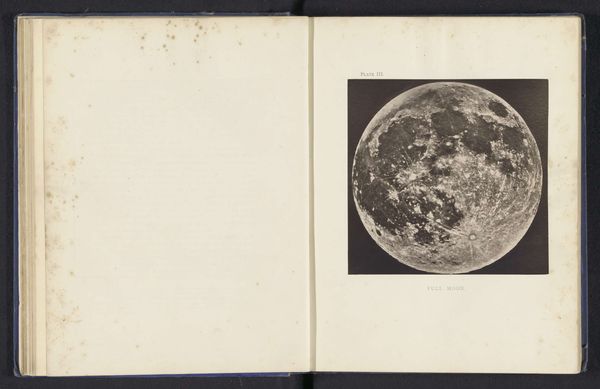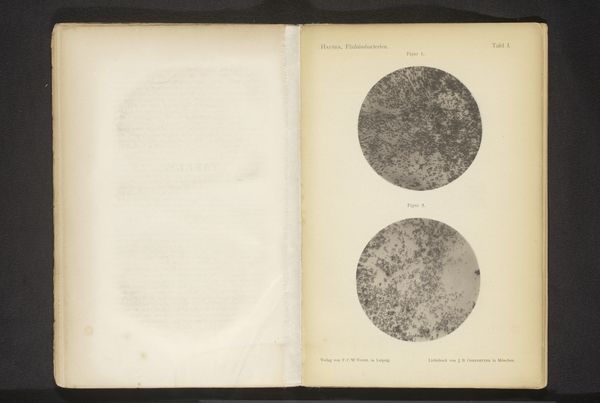
print, photography
#
still-life-photography
# print
#
photography
#
geometric
#
line
#
realism
Dimensions: height 134 mm, width 109 mm
Copyright: Rijks Museum: Open Domain
Editor: So, here we have James Nasmyth’s photograph, "Glass globe cracked by internal pressure," dating from before 1873, currently at the Rijksmuseum. The cracks radiating through the sphere give it a fascinating sense of vulnerability. What strikes you about this image? Curator: The broken glass globe…it whispers tales of inherent fragility, not just of the object itself, but of systems, beliefs, even perceived realities. The lines of fracture aren't random; they represent stress points, like fault lines in a societal structure. The photograph makes me consider: What unseen pressures lead to such dramatic ruptures? Are they natural laws, or something more human-made? Editor: I hadn't considered the larger societal implications. Are you seeing the globe itself as a symbol of society? Curator: Potentially, but even broader – existence, being, cosmic harmony. The sphere is a traditional symbol of completeness, the unbroken whole. The cracks disrupt that symbolism, offering an alternative narrative of inevitability; nothing remains perfect forever. Does the realism, as the description notes, change this reading? Editor: Yes, I think so, because it is simply documenting an object being broken in a specific instance, in this specific way. Curator: And perhaps the choice of glass itself speaks volumes – delicate, beautiful, but ultimately susceptible to shattering. Is there a psychological reading here? Is Nasmyth externalising some aspect of himself? Is he perhaps suggesting a necessary phase for development – you have to break in order to build back stronger? Editor: Interesting! I like this idea of fragility, or a needed breaking point, and how we can read so much symbolism into this piece. Thank you! Curator: My pleasure. Remember, these images work on multiple levels – documentation and dream.
Comments
No comments
Be the first to comment and join the conversation on the ultimate creative platform.
